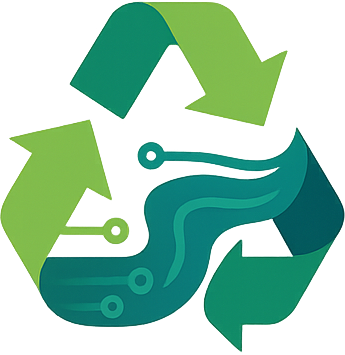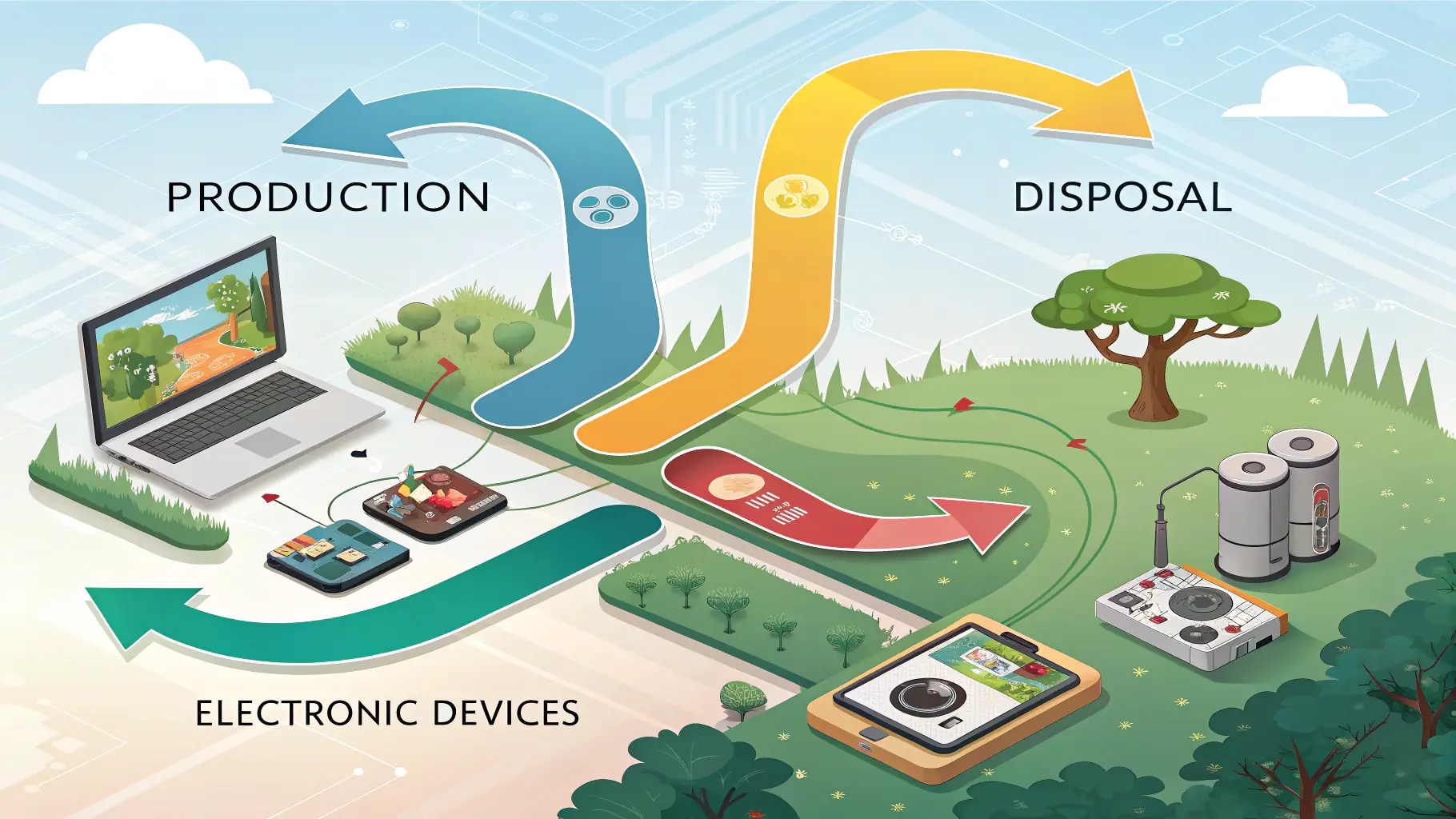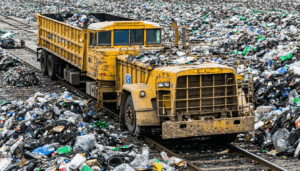The rapid pace of technological advancement has led to a significant increase in electronic waste. This surge in e-waste presents a serious environmental challenge, as improper disposal can release harmful toxins into the environment. Understanding the environmental impact of e-waste is crucial for promoting responsible recycling practices. Harmful substances like lead, mercury, and cadmium are often found in electronic devices. When these devices are improperly disposed of, these toxins can contaminate soil and water sources, posing risks to human health and the environment. Recycling e-waste helps prevent the release of these harmful substances into the environment. Recycling electronic devices helps conserve natural resources. Extracting raw materials for new electronics requires significant energy and resources. Recycling existing materials reduces the demand for new resources, conserving valuable minerals and reducing the environmental footprint of the electronics industry. By choosing to recycle, we contribute to a more sustainable future.
Finding Waste Oil Disposal Near Me: Key Solutions in the US
Find reliable waste oil disposal near me! Learn safe, eco-friendly methods to dispose of used




